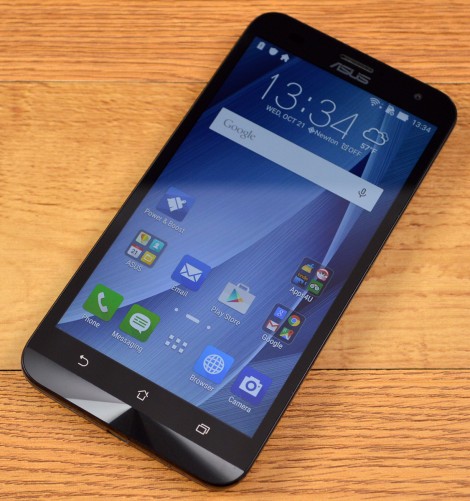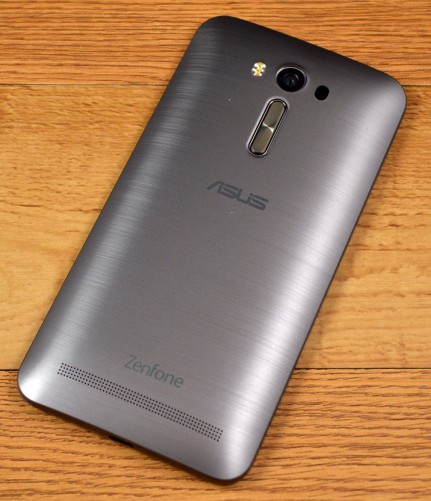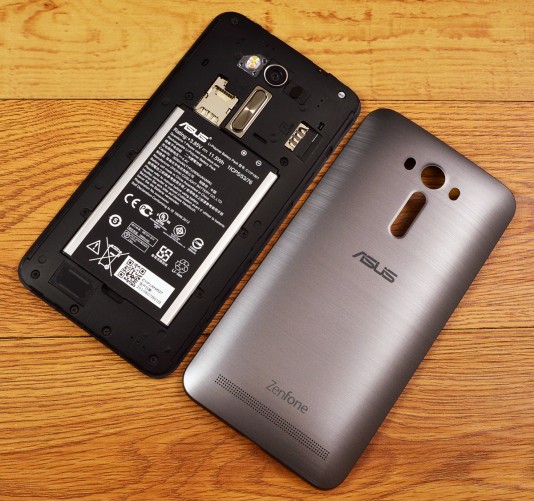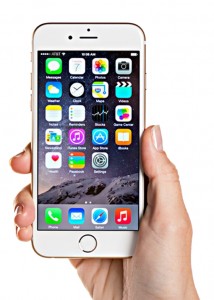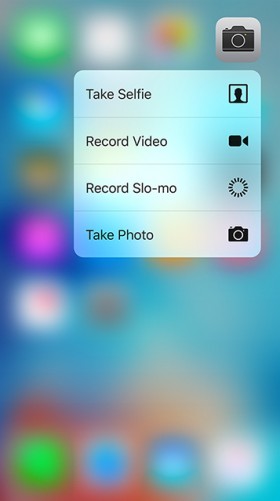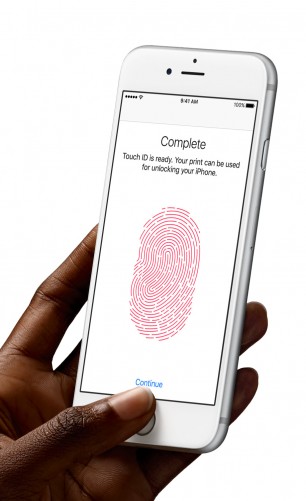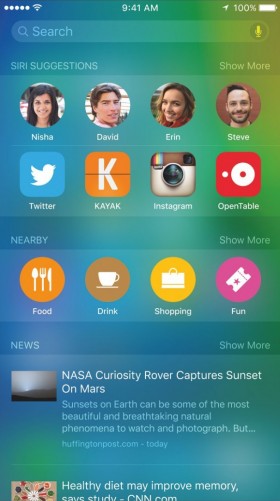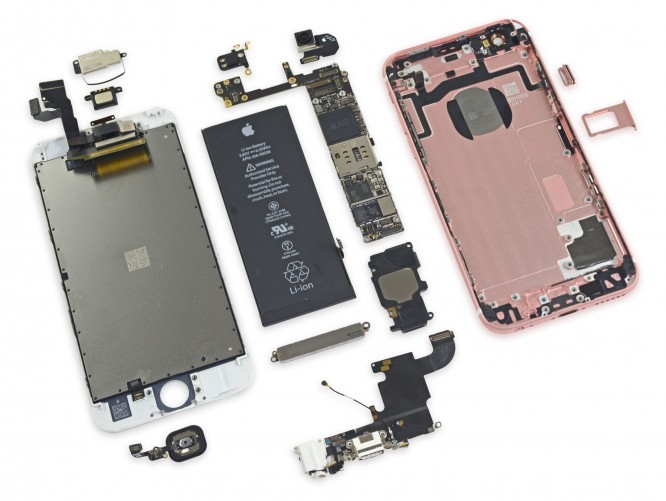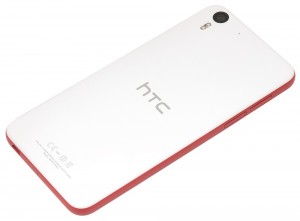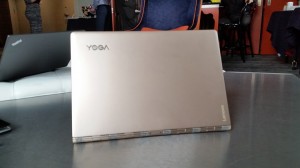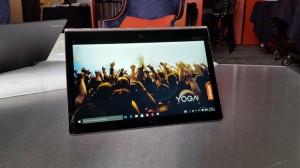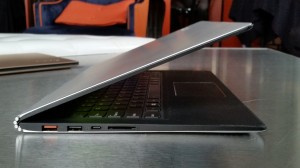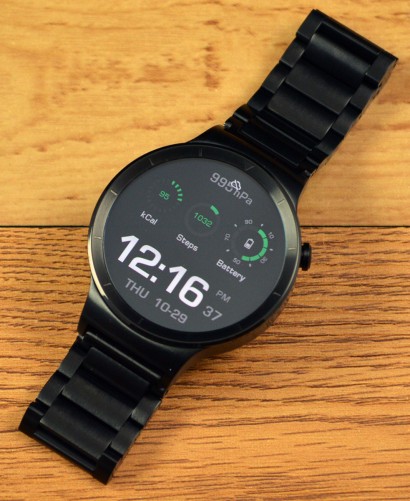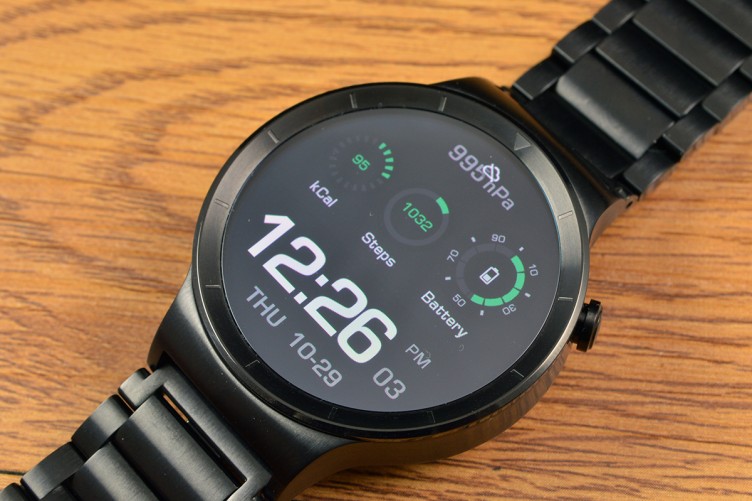The Asus ZenFone 2 Laser, is now available in the U.S. from $199 off contract. That’s cheap, rivaling the impressive Moto G in terms of price and specs. Not to be mistaken with the ZenFone 2, which was released internationally earlier this year, the Laser boasts improved camera functionality with laser autofocus and dual-SIM capability. Has Asus put forth a handset worth pocketing? Read on to find out.
Build & Design
Palming the ZenFone 2 Laser for the first time is an experience not unlike one you’re already familiar with. That is to say, the Laser isn’t exactly a revolution in smartphone design – but by now, we’ve all pretty much come to know what to expect of the standard handheld mobile. In that regard, Asus has done nothing remarkable aside from delivering a sleek-looking mobile device.
The ZenFone 2 Laser body is lightweight and slender, weighing an even 6 ounces with the battery installed. That’s a bit heavier than the 5.5-ounceMoto G, but a hair below phablets like the iPhone 6s Plus and Galaxy Note5 that top 6 ounces. It’s also not what anyone would ever call a brick.
Android-standard Back, Home and Menu capacitive navigation buttons adorn the bottom of the front face – however for some reason Asus has chosen not to make these backlit, which can make quick navigation in poorly lit environments a minor challenge. Along the upper end of the face is where you’ll find the phone’s front-facing camera, notification LED, and receiver.
The edges of the smartphone are ultra-thin, measuring just 3.9mm. Its profile deepens around its curved back, reaching 10.8mm in thickness. This curved design is explained as a purposeful choice for effective ergonomic handling, but adding to that a height of 6 inches and width of 3.04 inches makes it somewhat unwieldy for one-handers and requires the use of both hands to operate. This isn’t unusual for large screen phablets, though.
Owing to its super thin design, there are no buttons or ports on either edges of the device, save for a small fingernail groove for easier removal of the back cover. The volume rocker is situated on the device’s back side, just below the rear camera, which could present a bit of a learning curve if you’re migrating from a smartphone with side-located volume controls. Smartly, the volume buttons have been recessed into the body, which prevents you from accidentally altering volume settings anytime you set the phone down on its back. The speaker grille is also located on the bottom end of the back side, which can result in significant muting when it’s laid on certain types of surfaces. The top edge of the smartphone is home to a 3.5mm audio jack and power button. Along the phone’s bottom edge is where you’ll find the micro USB port and microphone.
The ZenFone 2 Laser ships in five different colors – Osmium Black, Sheer Gold, Glacier Gray, Glamour Red or Ceramic White – and comes with 16GB of internal memory, with the option to expand up to 128GB by way of a microSD port located inside the battery/SIM compartment. There is also a 32GB version of the same phone available for $249 as of this writing.
Display & Speakers
The ZenFone 2 Laser has a fully laminated 5.5-inch screen and a 72 percent screen-to-body ratio, which basically makes the screen look bigger than it is by virtue of the fact there’s less physical real estate surrounding it. The display is a 1280 x 720P IPS HD (with 267 pixel-per-inch density), which Asus claims offers viewing angle capability of 178 degrees.
Colors are vibrant when streaming video or viewing images, and glare is relatively minimal. Manufacturer specs indicate the Laser can achieve 72 percent of the NTSC color gamut. Its 267 pixels per inch are well below the flagship rivals, which top 500, but in line with phones in its class. The bottom line here is that even budget smartphones have excellent displays, so users won’t be disappointed. Scratch-resistant Corning Gorilla Glass 4 adds additional display protection.
According to Asus, their proprietary TruVivid technology imbues the phone with not only added brightness, but also increased touch responsiveness. This is accomplished by shifting from a traditional four-layer display design to a two-layer design that brings the display closer to your eyes and fingertips – but it’s also nothing revolutionary, as this is something that Apple has also accomplished, most recently with the iPad Mini 4.
As we mentioned before, the smartphone’s speaker grille is positioned on the bottom of the back panel, which revealed itself as a problematic design decision after we discovered a substantial muting effect occurs when you set the unit down on any surface that doesn’t reflect sound back – such as your lap or your palm. Speaker volume is also poor, even when cranked to 100 percent, and volume performance was not improved when listening via earbuds.
Performance
The ZenFone 2 Laser is powered by a 64-bit Qualcomm Snapdragon 410 processor (1.2GHz quad-core), which is a shift from previous ZenFones that came equipped with Intel chips. This is not the most powerful Qualcomm money can buy, and Geekbench 3 benchmark test results prove this out: the phone’s single-core score is 649, which is significantly lower than Android flagships like the new Moto X Pure Edition and Galaxy S6 edge+, which topped 1,200. Its multi-core score is 2491, which is about half the score of the best of the bunch.
None of this means that it’s necessarily a poorly performing handset incapable of multi-tasking or functioning well on a daily basis. In fact, the 2015 Moto G scored 498 and 1494, respectively, and we praised that handset. The difference really comes down to how far you can strain your smartphone with intensive apps, and you can simply push the flagships further. You’ll be hard pressed to find more than a minor difference comparing day-to-day usage.
It includes a 450 MHz Adreno 306 graphics processor and 2GB of RAM. The ZenFone 2 Laser does offer expandable storage support up to 128GB via microSD, which is a definite plus. The smartphone is also set up for dual SIM and dual standby, a popular feature among travelers who want to ensure they’ve got adequate coverage wherever they roam. Both SIM slots support 2G, 3G, and 4G. The MicroSD slot and the dual SIM slots are accessed by removing the back cover and lifting the battery. The back takes a bit of finagling to remove, but is aided by the presence of a fingernail groove for better leverage.
Software
The ZenFone 2 Laser comes preloaded with Android 5.0 Lollipop and Asus’s proprietary ZenUI touch interface. ZenUI includes a number of apps and widgets, customizable live wallpapers, colorful themes that you can download for free, and various scroll effects that can be personalized to accommodate your tastes. One neat feature lets you double-tap the screen to wake it or put it to sleep again, but beyond that there’s not much remarkable about the UI. ZenMotion lets you launch apps by assigning specific touchscreen gestures, and SnapView adds increased privacy protection. It also includes a file transfer protocol called Share Link that allows you to send and receive even in the absence of an internet connection, and PC Link enables smartphone screen mirroring to your computer.
All of this essentially gives you a uniquely different (but not altogether unfamiliar or unpleasant) platform on which to operate your smartphone. The downside is that many of the inclusions can’t be uninstalled and are therefore fall into the undesirable “bloatware” category which, when added to a host of installed third-party apps, could serve to bog down system performance over the long haul.
The ZenFone 2 Laser supports all major carriers and comes with LTE Category 4 for maximum download speeds of 150Mbps. Other standards inclusions such as Wi-Fi, Bluetooth 4.0 and 3-satellite GPS are also supported. Built-in sensors include proximity, compass and an accelerometer.
Battery
Among the shining features of the ZenFone 2 Laser is its removable 3,000 mAh battery, which performed exceedingly well in testing, especially for a phone in its class. It lasted 6 hours and 30 minutes on continuous Netflix streaming and still had 10 percent battery power remaining. Recent flagships just topped 7 hours on the same test. Battery heat was barely registrable by the end of said X-Files marathon streaming session. In regular everyday usage, you can expect the battery to last at least a full day.
Possibly as a result of its ability to burn long and hard, the battery took an inordinately long time to recharge from zero: just over 3.5 hours when plugged into a wall socket via the included cable and adapter. This barely passes muster when compared against some of the faster charging batteries we’ve tested.
Camera
One of the principal selling points of the ZenFone 2 Laser can be found right in its name. Equipped with a rear-facing 13MP camera with an f/2.0 aperture lens and LED flash, it uses a laser to perform near-instant autofocus (roughly 0.2 seconds), which is similar to the technology that comes with the LG G4.
The camera laser seems to perform better on close-up subjects and not so well on distant subjects, which depending on how you intend to use it may be a wasted bit of bonus tech.
Daylight performance of snapshots aren’t quite as impressive as those taken in low-light settings. To add balance to potentially washed-out images, the camera includes a Super HDR mode capable of capturing images with improved color contrast. Low light mode captures up to 400 percent brighter photos and proved to be among the better capabilities of the camera.
Diving into settings enables more camera-savvy users to adjust things like white balance, ISO, and exposure value. Also included is anti-shake enhancement, timer, and burst mode settings ranging from slow to turbo speed. There are a handful of different focus modes – including manual focus – and a built-in gallery of filters adds a nice touch you’d typically have to access through a third-party application. Some of the supported capabilities of the camera include depth of field, super resolution, GIF animation, panorama, live effects, and smart remove which eliminates moving objects from groups of five or more snapshots. The camera can also be set to launch automatically with a double-tap of the volume rocker button.
Video recording quality ranges from 640 x 480 to 1280 x 720 HD, and tops out at 1920 x 1080 Full HD. Oddly, there is an option to also shoot video in 1080p at 30fps, which is exactly the same as 1920 x 1080 Full HD. Video recording effects include slow-motion, time lapse, and stabilization, which just might come in handy if you ever encounter Bigfoot while on a family camping expedition.
The front camera is 5MP, also with an f/2.0-aperture lens. Selfie settings include standards like beautification mode and the aforementioned slow-mo for selfie video, time lapse, and GIF
animation. An added feature for the selfie king or queen who’s seen it all is a selfie panorama mode, which is useful when snapping self-taken group photos.
